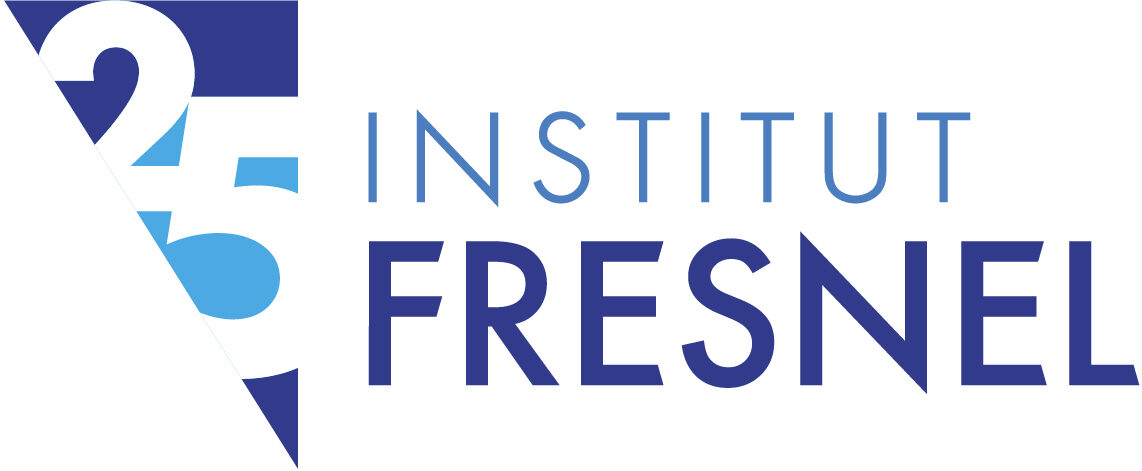Hugues Favre will give a seminar entitled “Toward Deep Tissue Ultrasound Cellular Imaging” on Friday September 5th at 9h30, in the meeting room in Espace photonique.
Hugues is currently a Marie-Curie Postdoc in the group of David Maresca in Delft (Netherlands), where he is working on non linear ultrasound imaging using gas vesicles. He did his PhD in the lab of Mickael Tanter under the supervision of Clément Papadacci on localisation-based super-resolution ultrasound imaging in humans.
Abstract : The discovery of the green fluorescence protein (GFP) and the parallel development of super-resolved fluorescence microscopy (2008 and 2014 Nobel Prizes) led to major breakthroughs in basic biology and medicine by enabling the visualization of the pathways of individual molecules inside living cells. While optical imaging is limited to studying thin specimens ( <1mm) due to light scattering in tissue, the introduction of gas vesicles (GVs) as the “GFP for ultrasound” offers an alternative to light for deep-tissue cellular imaging (Bourdeau et al. Nature, 2018). However, current methods bound by the diffraction limit, leading to a resolution of ~100 μm at an ultrasound frequency of 15 MHz. Recently, my laboratory reported the first fast volumetric ultrasound images of acoustic reporter genes based on GVs at the cubic centimeter scale (Heiles et al., Science 2025). While this allows for the detection of cell populations, signals arising from individual cells cannot be isolated. A next frontier in imaging would be to achieve single cell resolution in deep tissue.
In this talk, I will review the fundamentals and theory of nonlinear ultrasound imaging using gas vesicles, which enables live cellular imaging in deep tissue. I will then introduce a new imaging method called nonlinear ultrasound scanning microscopy (nUSM), that can achieve a λ/3 lateral resolution (30 µm), and represents a significant step toward single-cell resolution. Finally I will discuss the future applications and perspective in ultrasound cellular imaging.

